8 Cold Tolerant Houseplants That Can Handle Chilly & Drafty Rooms
Ever reach for an extra sweater and worry how your houseplants are feeling? These 8 cold tolerant plants can take the chill!
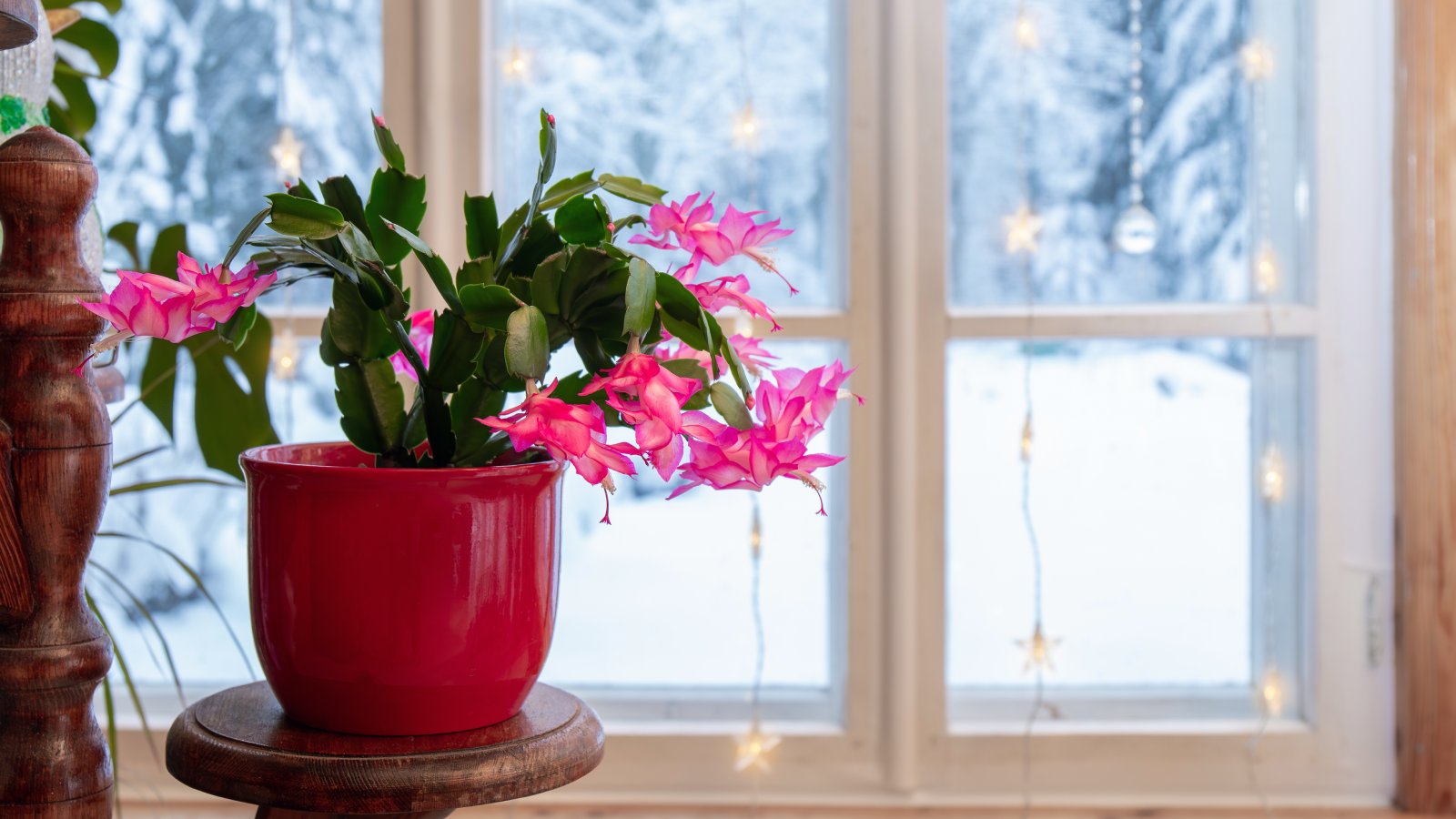
When temperatures cool and days get shorter and the garden is put to bed for the winter, we gardeners are still desperate to be surrounded by plants. That's when we turn to houseplants, which are often cold tolerant indoor plants. But even as we're raising the thermostat inside, the temperature will often stay stubbornly cool near windows and doors. Those areas require indoor plants that tolerate cold.
Now most houseplants hail from tropical to subtropical regions that thrive in temps between 70-80 F, but that doesn’t mean there are no cold hardy indoor plants. Looking for houseplants that tolerate cold? Keep reading to learn about 8 houseplants that tolerate cold but will warm your heart.
The Best Cold Tolerant Houseplants
The Department of Energy states that our home thermostats should be set at 68 F during the day in the winter, and turned down while we're asleep or away for the day. This doesn’t make the environment very comfortable for many tropical to subtropical houseplants. But don’t fret - you can still enjoy the greenery and even blossoms of many cool temperature houseplants.
1. Cyclamen
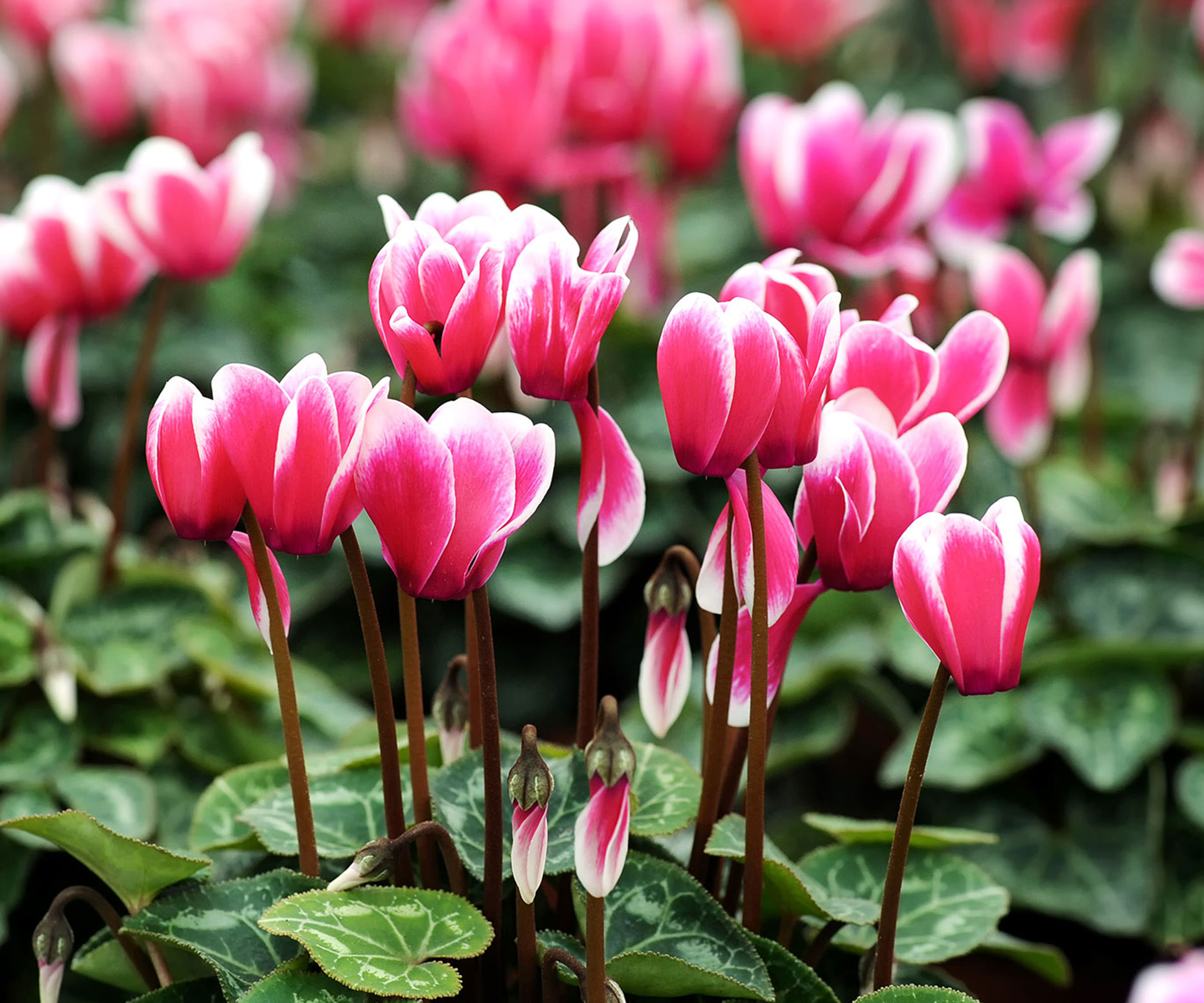
I don’t know about you, but the thing I miss most about warm outdoor temperatures are the flowers. Luckily there are quite a few indoor bloomers that don’t mind - and in fact thrive - in cooler temps. Take cyclamen for instance.
Cyclamen is a small tuberous perennial with heart shaped leaves accented with silver marbling and gorgeous pink, purple, red or white blooms. It dies down in the summer and regrows in the fall.
Commonly sold as a houseplant in the fall to winter months, outdoor cyclamen care is possible in USDA zones 9-11, but for those of us outside those growing areas, cyclamen makes an excellent cool weather houseplant when grown in well-draining soil in an area of bright but indirect sunlight.
2. Christmas Cactus
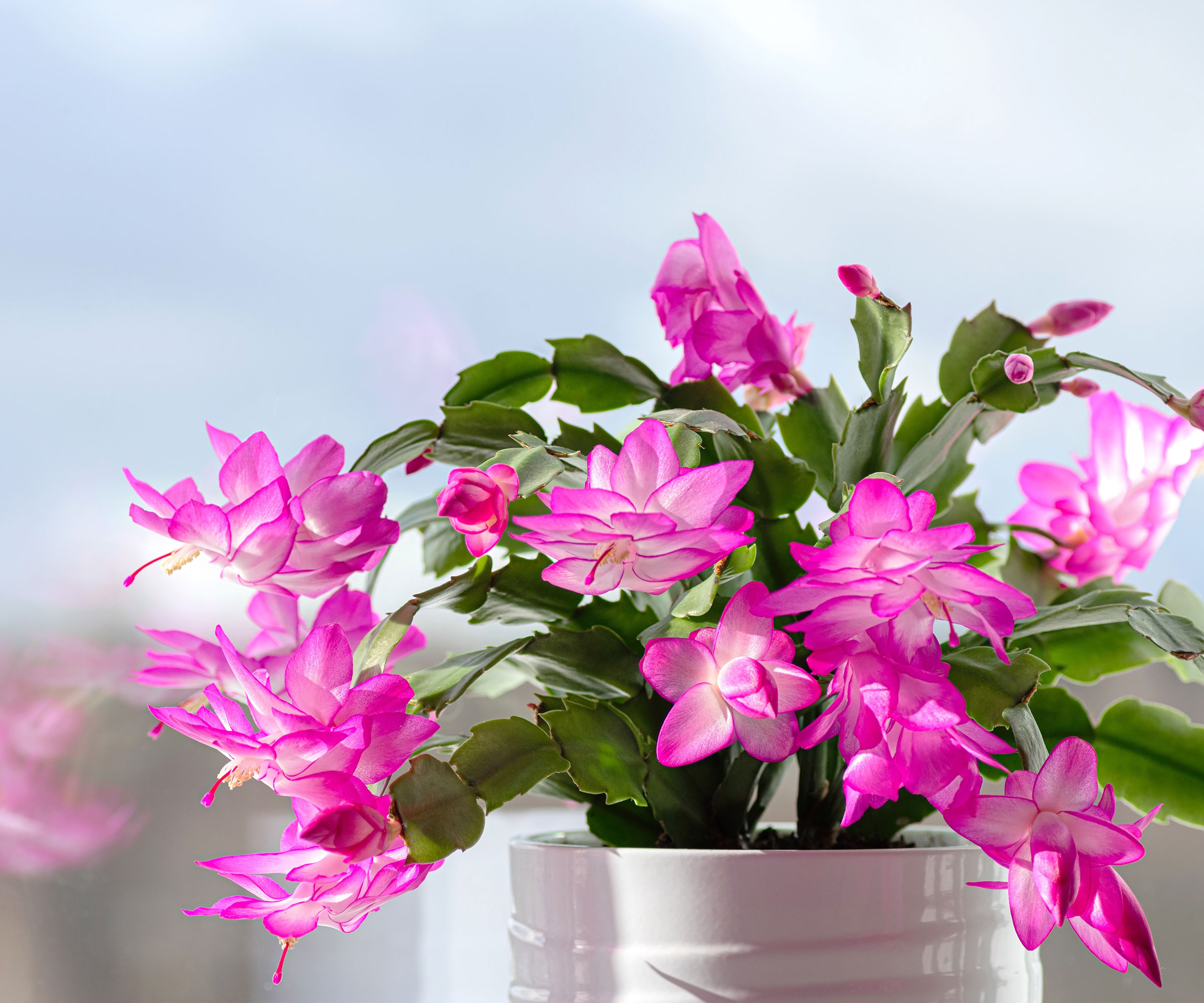
Another beautiful bloomer is the Christmas cactus, which blooms prolifically with showy flowers as the days get shorter and days cooler. Christmas cactus care requires 15 hours of uninterrupted darkness for 4-6 weeks to trigger blooming. The best way to get the plant to bloom is to keep it outside in a shaded, protected area until temps start to drop, at which time buds will appear then bring the plant inside to enjoy the show of brightly colored blooms.
Gardening tips, videos, info and more delivered right to your inbox!
Sign up for the Gardening Know How newsletter today and receive a free copy of our e-book "How to Grow Delicious Tomatoes".
This beauty can live for decades with proper care. It can be grown outside in USDA zones 9b-11 year round. For the rest of us, this cactus can be grown as a houseplant in bright but indirect light at a temperature between 60-70 F (16-21 C). Water the plant when the top 2 inches (5 cm) of soil feels dry to the touch. Move the plant to a darkened area with temperatures between 55-65 F (13-18 C) for 4-6 weeks as above.
3. Ivy
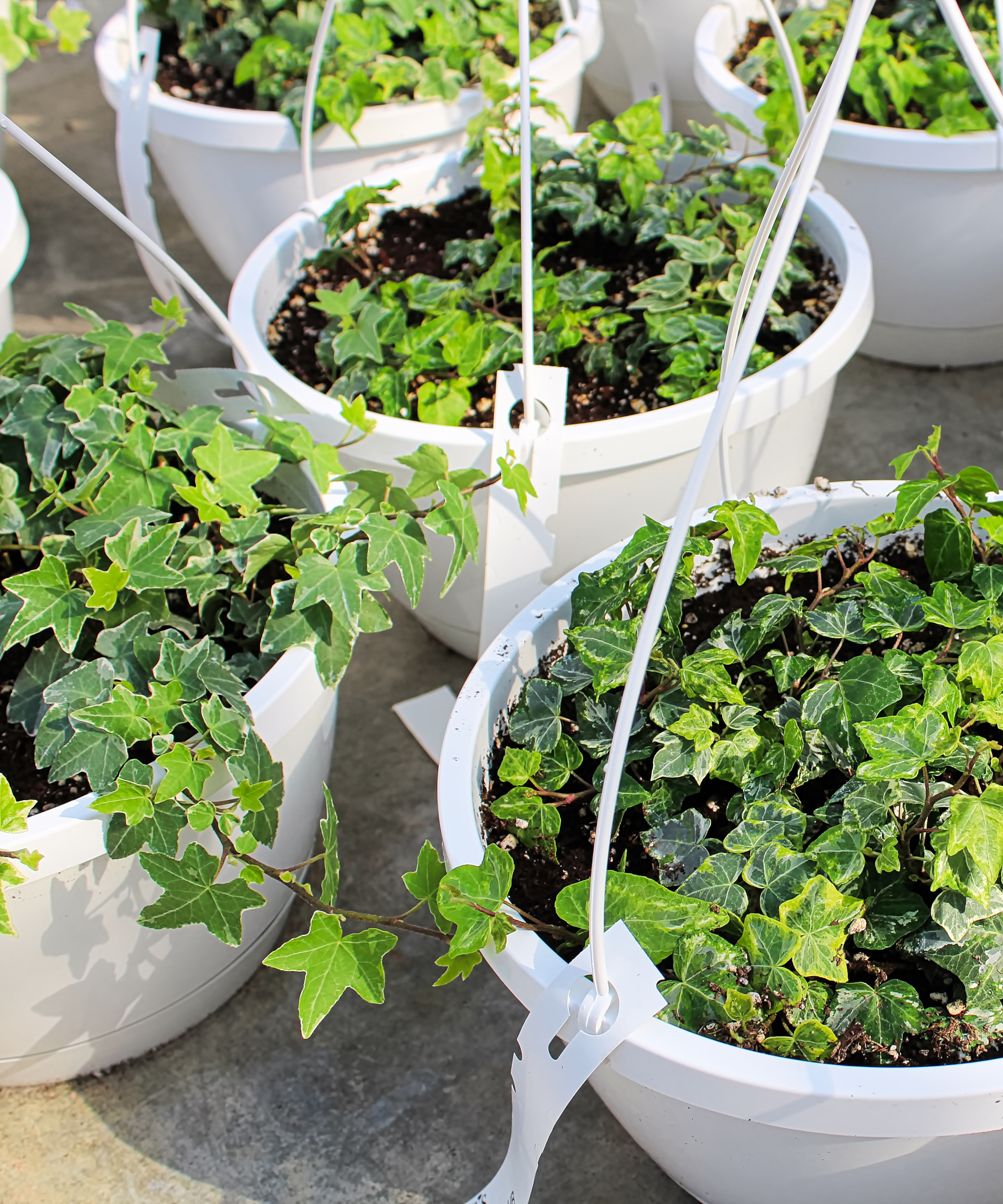
Ivy is a popular houseplant that prefers temps between 50-70 F (10-21 C). Generally an unfussy plant, ivy does dislike drafts and direct sunlight. Grow ivy in well-draining potting soil in an area of bright but indirect light. Allow the top inch (2.5 cm) of soil to dry out between waterings.
Indoor ivy care requires humidity, so it will benefit from a spritz from a water bottle or an occasional shower which will also wash dust and dirt from the foliage.
4. Cast Iron Plant
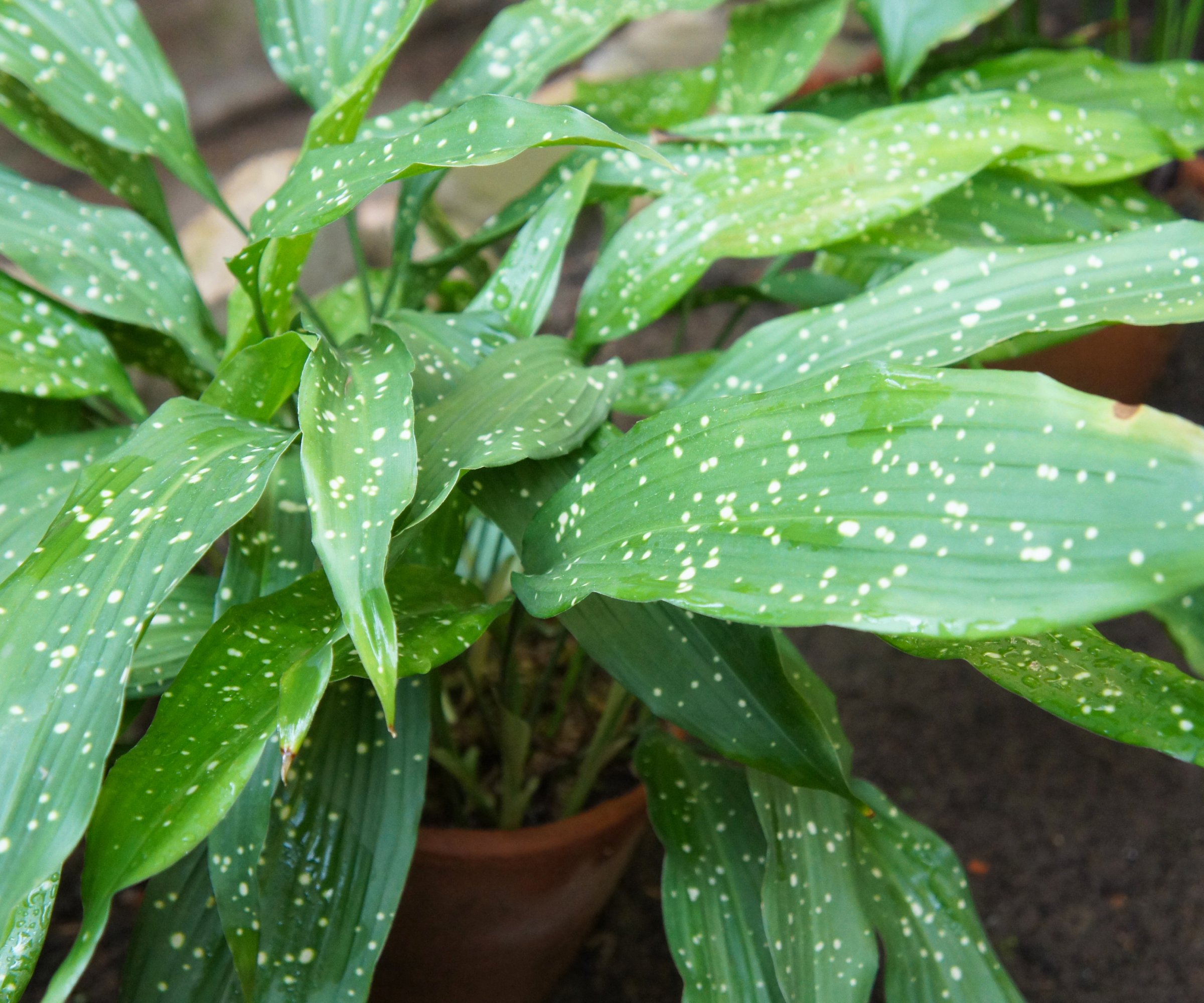
Native to the rainforests of Japan and China, cast iron plants make excellent low maintenance houseplants with their long green, glossy foliage. While cast iron plant can be grown in USDA zones 6-11, it is more commonly grown as a houseplant where it thrives in temperatures from 50-80 F (10-27 C).
A perennial, cast iron plant grows to a height of about 2-3 feet (61-91 cm). It should be grown in part sun to shade outside, but inside it tolerates most any lighting conditions. Soil should be slightly acidic, fertile, and well-draining in a container that has adequate drainage holes. Allow the soil to dry out well - about half dry - before watering the plant.
5. Inch Plant
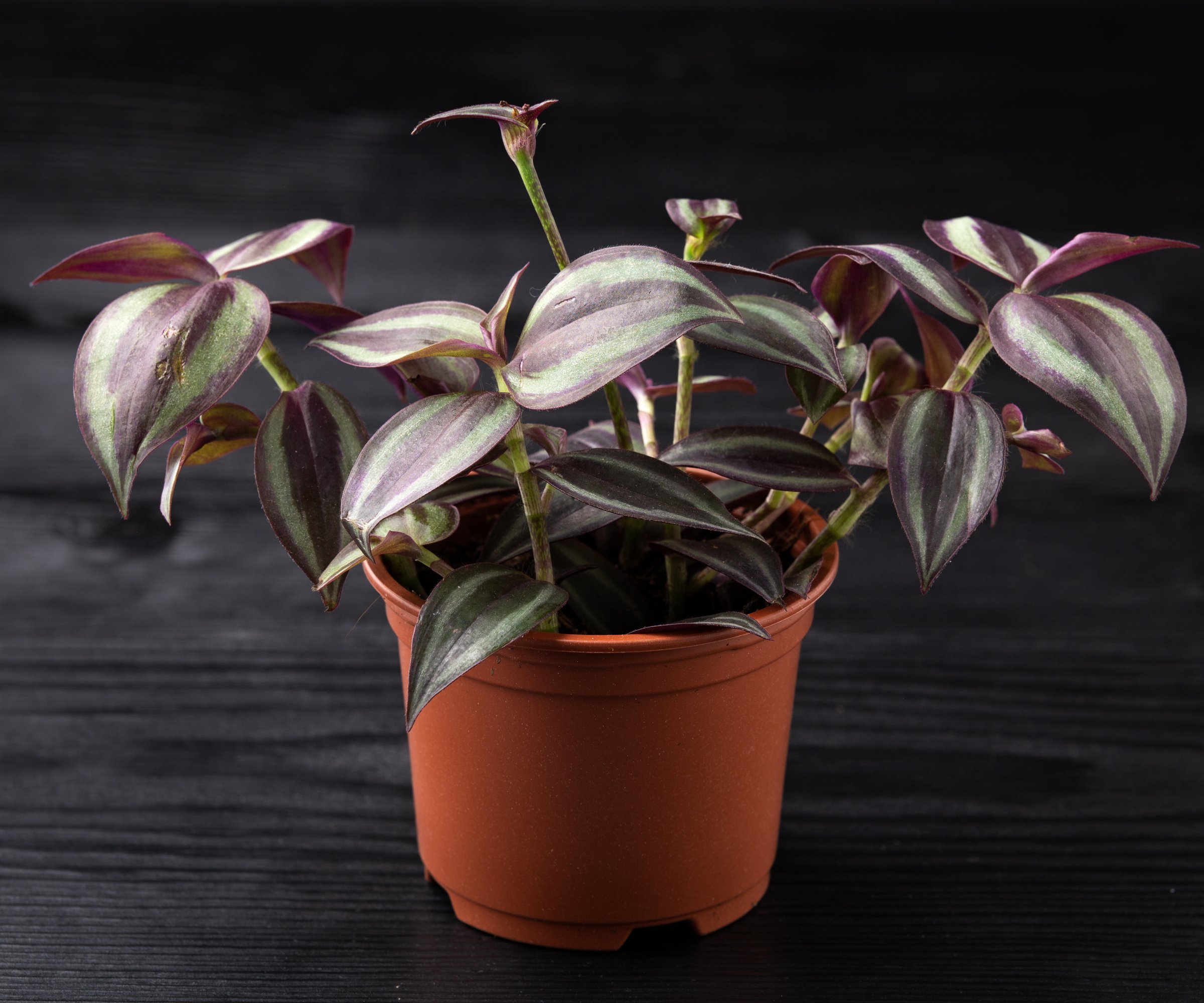
Inch plant is a pretty hanging plant with heart shaped, purple striped leaves accented with silver. It can be grown outside in USDA zones 9-11 but is more commonly grown as a houseplant, where it thrives in temperatures between 60-80 F (16-27 C).
It does best in bright, indirect sunlight in acidic, well-draining soil that is rich in organic matter. The more light the plant gets the more likely you will be rewarded with its violet, white or pink blooms. Inch plant care is very minimal - just water it when the top half inch (1 cm) of the soil is dry to the touch.
6. Citrus Trees
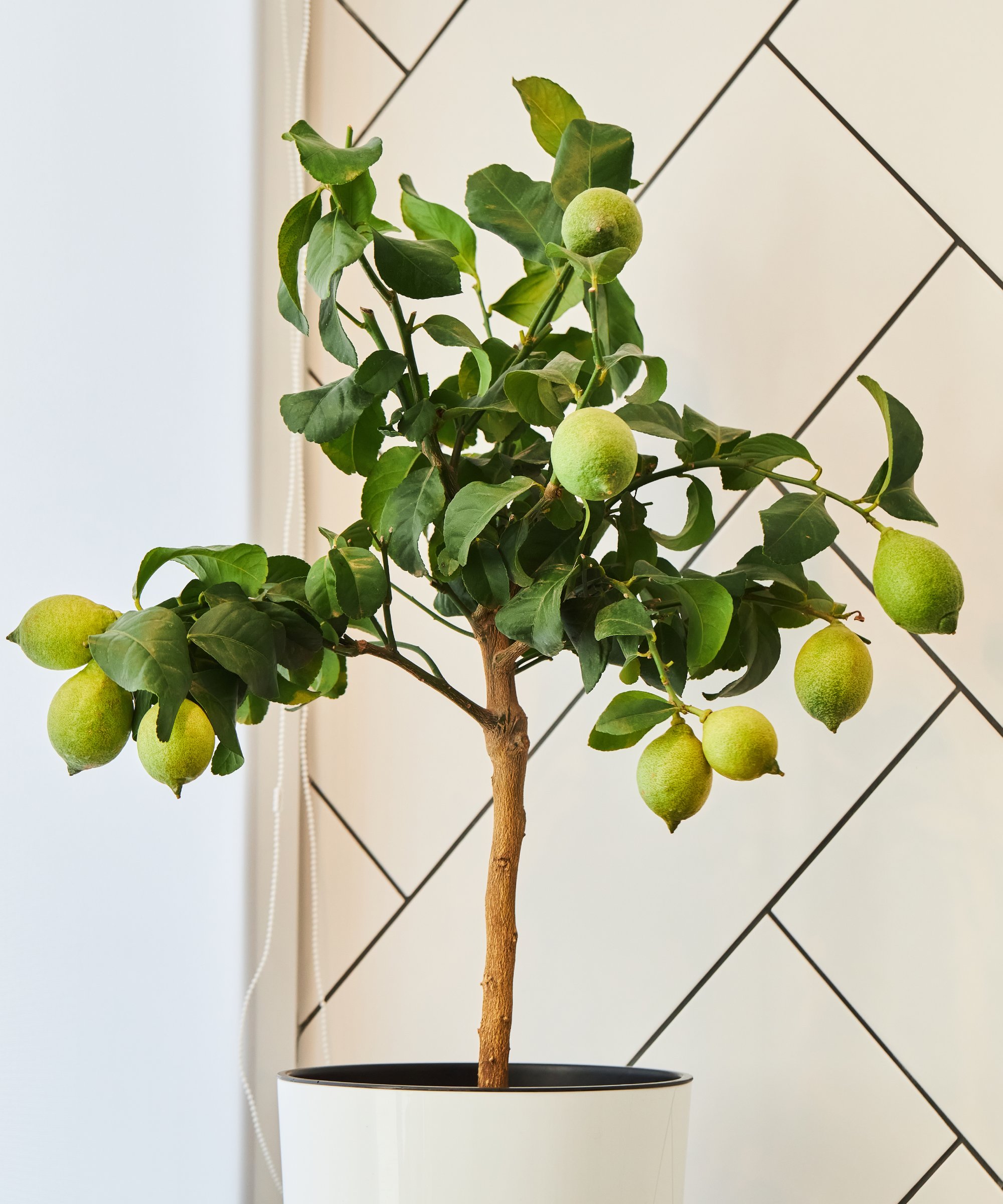
What could be better than having a tree in the house? Citrus trees enjoy indoor temps of between 55-85 F (13-29 C), but during the winter months can become accustomed to temps between 50-60 F (10-16 C). In fact a variation of 10 degrees will help encourage blooming. Citrus is, however, extremely susceptible to drafts and sudden changes of temp. They also like humidity, so placing them in the kitchen or bath is a great idea. Or simply mist them a couple times per day.
Growing citrus trees indoors requires at least 6-8 hours of bright, daily light; more if possible. Citrus does not like to get its feet (roots) wet, so avoid overwatering. Allow the soil to dry well between waterings in the winter, but water 1-2 times per week in the summer. Citrus trees should be fertilized regularly with a citrus fertilizer that contains nitrogen and trace nutrients.
7. Japanese Aralia
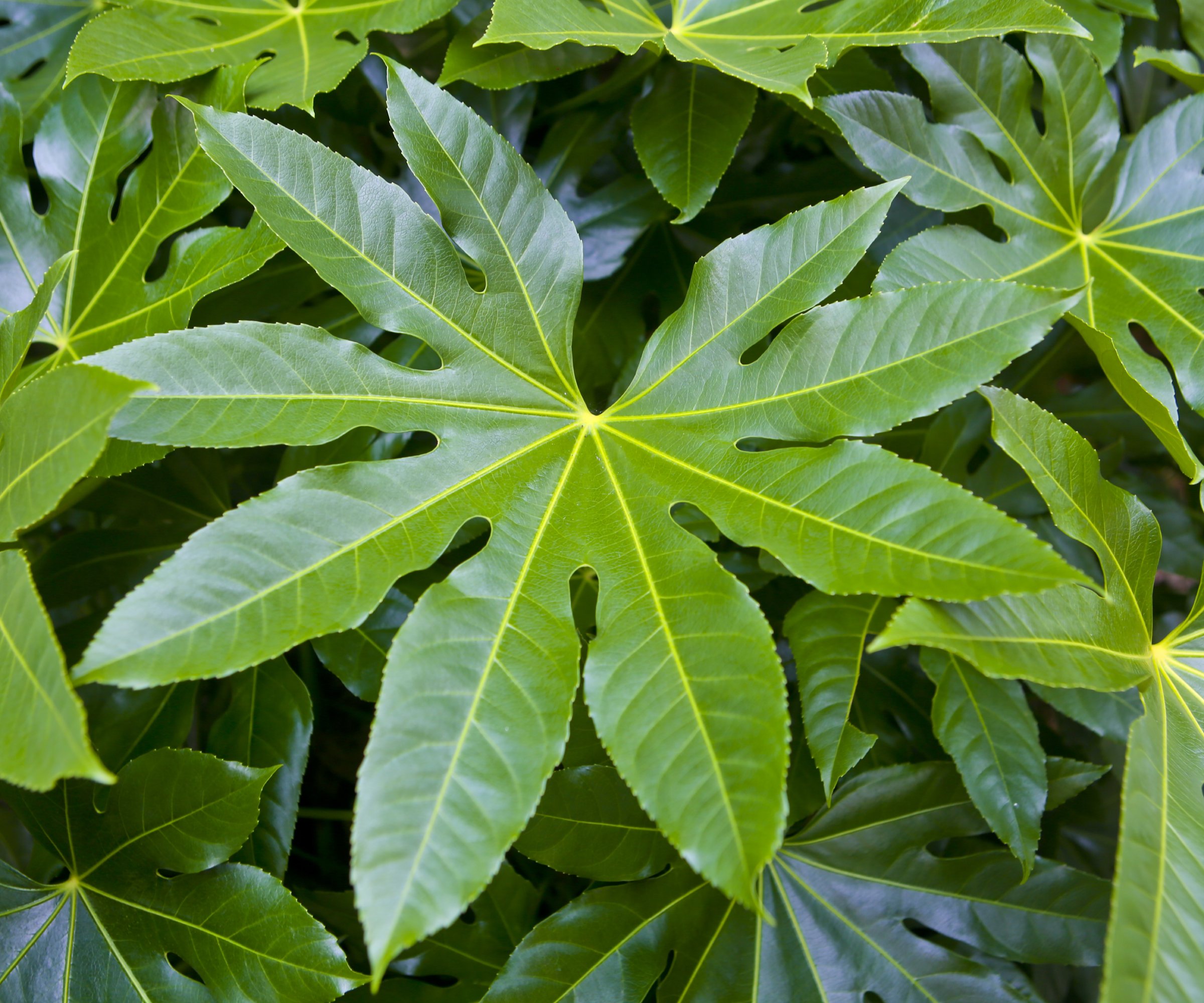
Japanese aralia is hardy to USDA zones 8-10, but it can also be grown as a houseplant to be brought outside in the summer months. This beauty is sought after for its large, showy, lobed leaves. The plant blooms in the fall and produces dark winter berries in the winter.
Outside, Japanese aralia can attain heights of 6-10 feet (2-3 m) and the same across, but indoor conditions will likely keep it smaller. Grow it in well-draining, acidic soil in partial shade or indirect light in temps between 60-70 F (16-21 C). Drought tolerant at maturity, keep aralia well watered in its first year. Thereafter, allow the first couple of inches (5 cm) of soil to dry out before watering.
8. Norfolk Island Pine
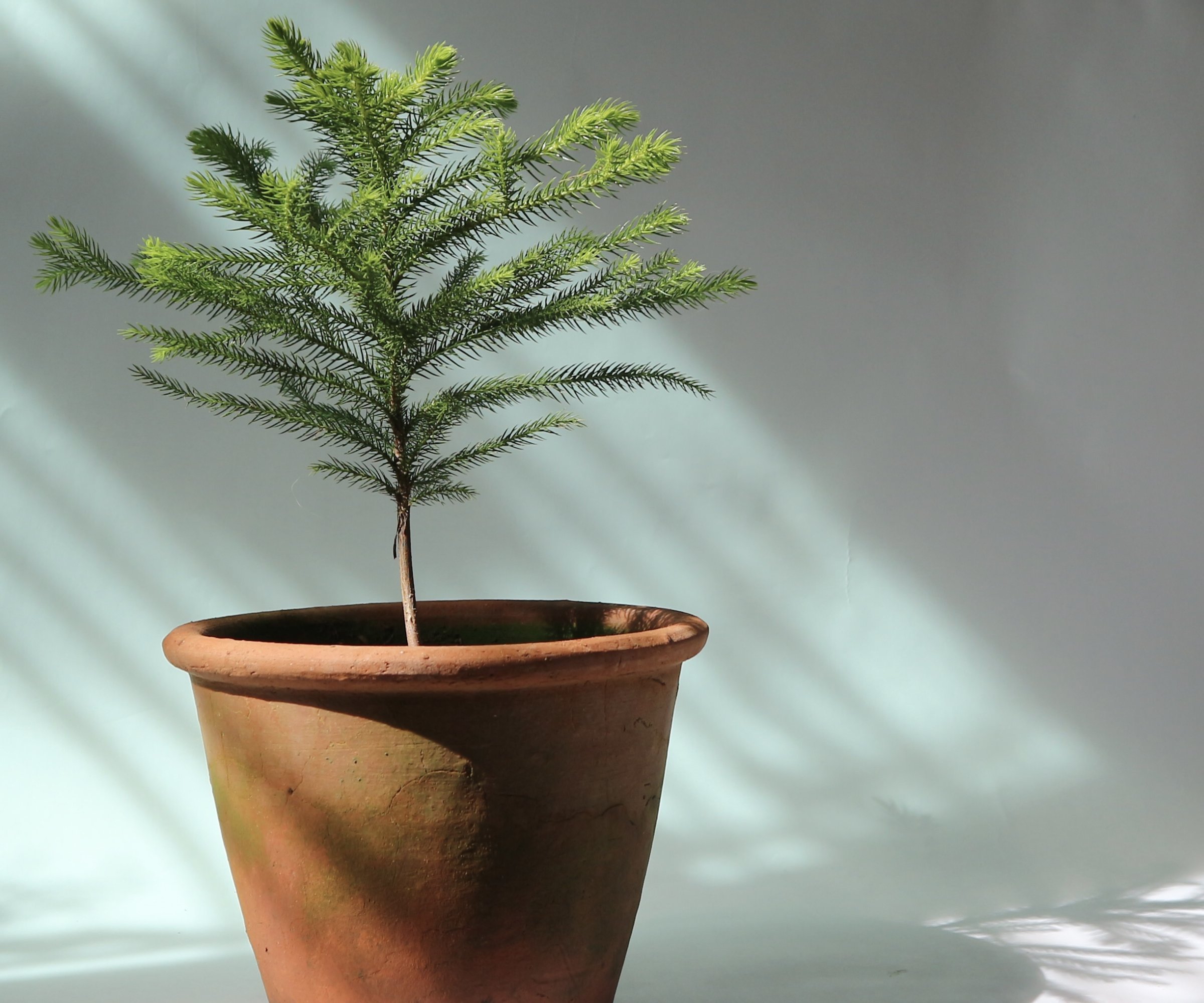
Norfolk pines prefer temps between 60-70 F (16-21 C) with 6 or more hours of bright, indirect sunlight in moist, sandy and well-draining soil. In their native rainforest, Norfolk Island pine care requires consistently moist soil, but in the home you should allow the top inch (2.5 cm) or so of soil to dry before watering. They also like humidity, so either grow them on a pebble tray, mist them with water weekly, or place them near a humidifier.
Hardy in zones 9-11, this tree can grow to 8-10 feet (2-3 m) tall and 2-3 feet (61-91 cm) across as a houseplant. It can be moved outside from spring to fall as long as the temperatures remain in the 50’s (10-15 C).
Often sold as miniature Christmas trees, Norfolk pines are actually not pines at all! They do, however, do well as holiday trees with light ornaments.
Frequently Asked Questions
What is the coldest temperature houseplants can tolerate?
Generally houseplants thrive in temps between 65-75 F (18-24 C) during the day. Temperatures that fall below 50 F (10 C) usually mean serious problems if not death for most houseplants
What is the best houseplant for a cold bathroom?
Since bathrooms often have little natural light, it might be difficult to find a houseplant that enjoys low light conditions as well as cool temps. Add to that the potential yet sporadic higher humidity levels. Snake plant comes to mind as one of the more hardy houseplants that seemingly is nonplussed by any environmental condition.
What is the most cold tolerant plant?
Amazingly many plants are extremely cold tolerant, including heat lovers like chili peppers, banana trees, agave and other desert plants. Spring bulbs survive all winter under snow in frigid temps. If you're looking for the most cold hardy plant for your area, research native plants for your region. Pansies, Siberian cypress, coneflower, viola, collards and many more often survive well into the winter months.
Want More Houseplants?
- Explore the Houseplants category in the Gardening Know How Shop.
- Check out our Complete Guide to Houseplant Care - the central hub for all our best houseplant advice.
- Look out for the Hottest Houseplants of 2025.
- Turn your home into a cozy hideaway with these 5 Winter Indoor Plants.
This article features products available from third-party vendors on the Gardening Know How Shop.

Amy Grant has been gardening for 30 years and writing for 15. A professional chef and caterer, Amy's area of expertise is culinary gardening.
-
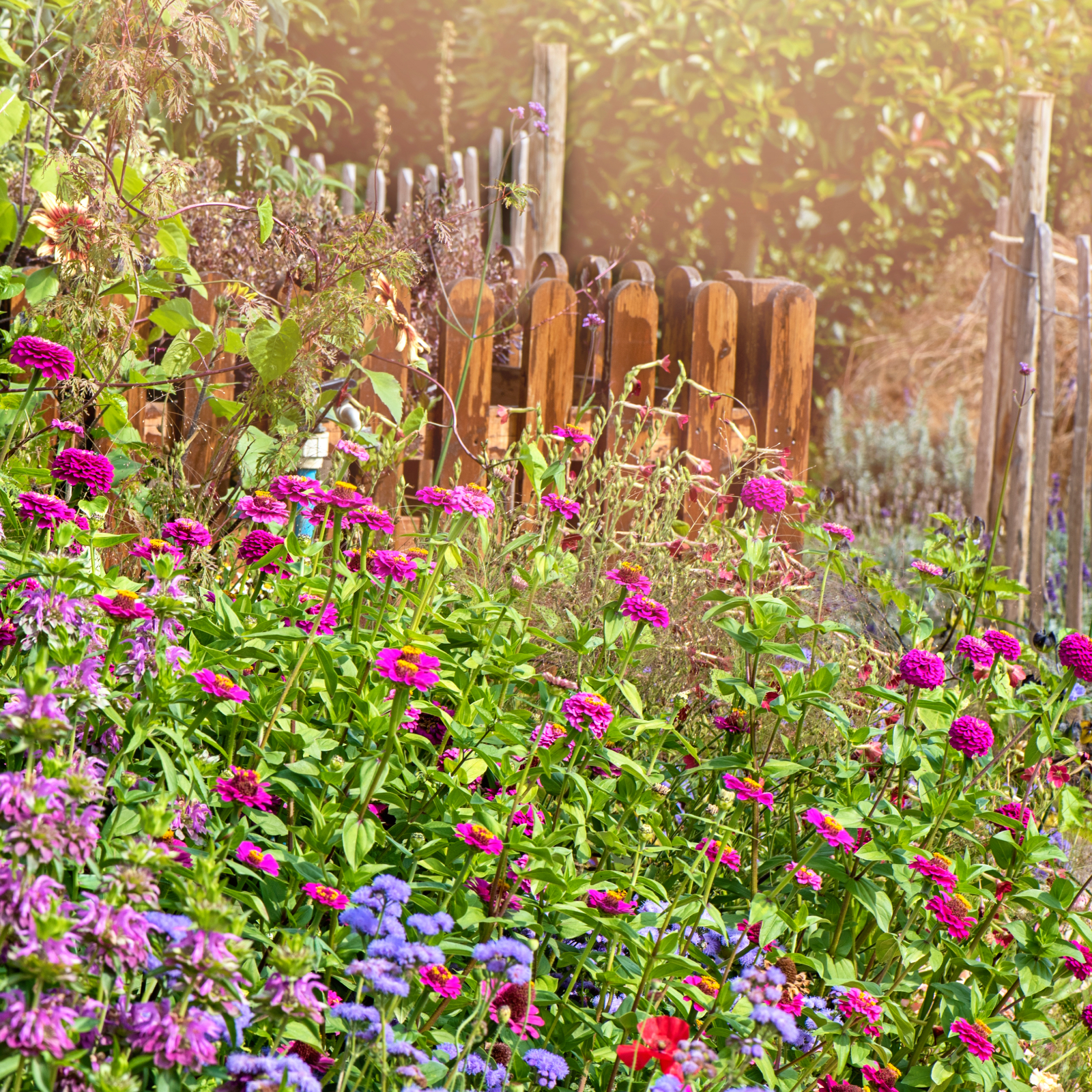 7 New & Improved Cultivars Of Old-Fashioned Plants – These Aren’t Your Grandma’s Plants!
7 New & Improved Cultivars Of Old-Fashioned Plants – These Aren’t Your Grandma’s Plants!Old is new again! These old-fashioned plants have new cultivars that are sure to thrive in your garden and bring the charm factor. Neighbors will be envious!
By Mary Ellen Ellis
-
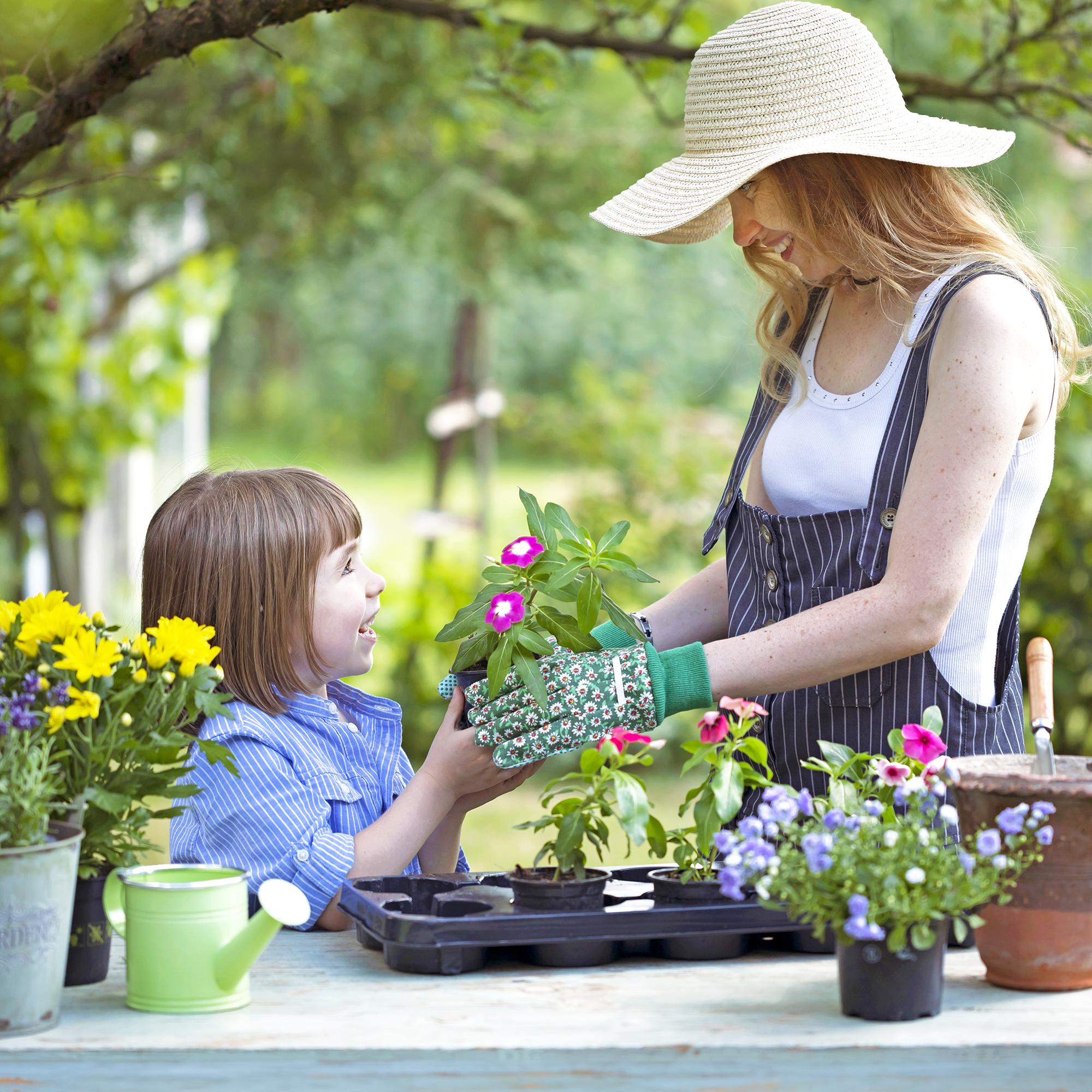 12 Mother’s Day Garden Gifts That Celebrate Moms Who Love To Grow
12 Mother’s Day Garden Gifts That Celebrate Moms Who Love To GrowAll Moms deserve to feel special on Mother’s Day, so treat her to a thoughtful gardening gift that helps her get the most out of her hobby.
By Melanie Griffiths